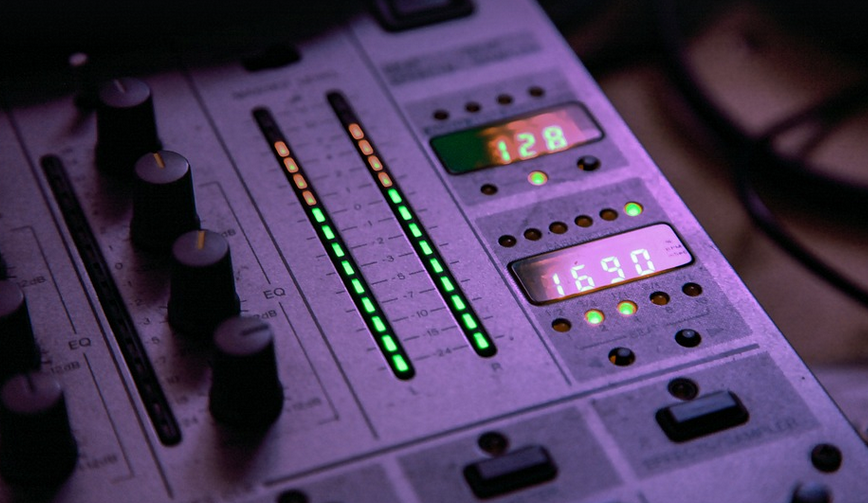What is a CMOS Battery and Why Does it Need Resetting?
Your Dell XPS 15’s battery uses a tiny, but mighty, device called a CMOS (Complementary Metal-Oxide Semiconductor) battery. This little guy acts as a timekeeper for your computer’s internal system. Think of it as the brain behind your BIOS – the earliest stage of your computer’s startup process. It stores critical information like date and time settings, boot sequence, and even some basic configuration data. Essentially, without it, your computer wouldn’t know where to begin.
Over time, though, this tiny battery can start malfunctioning, leading to erratic behavior in your XPS 15. You may find yourself encountering issues like random shutdowns, slow boot times, or even a completely frozen screen. In some cases, an incomplete or corrupted CMOS update might be the culprit, and that’s where the reset comes in.
How Does a CMOS Battery Reset Work?
A CMOS battery reset is like hitting the “reset” button for your computer’s internal clock. The process involves either physically disconnecting it from the motherboard or using software tools to clear its stored data and set its default settings.
When you perform this action, the CMOS battery essentially starts fresh, erasing any potential errors in its data. It is important to remember that a CMOS battery reset does not change your computer’s configuration, such as your desktop, screen resolution, or any user profile settings. It simply resets the internal clock and brings your computer back to its default state.
Why Should I Reset My CMOS Battery?
Before you dive into the “how-to” of resetting your battery, let’s explore some of the scenarios where a reset might be beneficial:
- Battling with Random Shutdowns: If your XPS 15 starts freezing or shutting down unexpectedly, it could be due to errors in the CMOS settings. A CMOS battery reset can often help resolve these issues.
- BIOS Issues: Sometimes, a corrupted BIOS setting might cause problems like black screens and incorrect boot-up sequence. Resetting the CMOS can sometimes resolve such issues.
- Time and Date Settings: If your date and time settings are wrong or inconsistent, resetting the CMOS can help restore them to their default state.
- Slow Boot Times: A slow boot-up sequence is often a sign of a corrupted BIOS. A CMOS battery reset might offer a solution in this case.
It’s important to note that a CMOS battery reset will not affect any personal files, documents, or data stored on your hard drive. However, it’s always recommended to back up any critical information before performing the reset – just as a precaution.
How To Reset Your Dell XPS 15’s CMOS Battery: A Step-by-Step Guide
Here are some different ways to reset your CMOS battery, depending on your comfort level with electronics and your specific laptop model
.
Method 1: Jumper Method
For more experienced users who prefer a direct approach, the jumper method can be a good option. You’ll need to locate the jumper, usually labeled JBAT or CMOS_Reset (check your manual if unsure), and make sure it’s correctly positioned before powering on:
- **Locate the Jumper:** The jumper is often located near the battery itself, easily accessible by opening your XPS 15’s case.
- **Position the Jumper:** If you have a manual, follow the instructions related to resetting the CMOS. It usually involves moving the jumper to a specific position for a short period of time before powering down and re-initializing your computer.
Method 2: BIOS/UEFI Reset
If you’re comfortable navigating through BIOS settings, this method is relatively straightforward. Follow these steps:
- **Turn On Your Laptop:** Power on your Dell XPS 15 and get into the BIOS setup by pressing a key (usually F2, F10, or Del) during the startup sequence.
- **Access CMOS Settings:** You can usually find this option in the BIOS menu under ‘CMOS’ or ‘System Configuration’.
- **Reset CMOS:** Look for a dedicated “CMOS” or “Clear CMOS” option in the BIOS. Click on it and select “Yes” to confirm.
Method 3: Software Reset
For those less familiar with opening their laptops, using software tools can simplify the process:
There are a number of software utilities designed for resetting CMOS settings. These programs allow you to access and reset your BIOS without needing to physically change any jumper settings.
Safety First: Avoiding Potential Issues
Remember, improper handling of the battery’s components can lead to damage to your XPS 15’s motherboard or even create an electrical hazard.
It is crucial to follow the specific instructions provided by Dell for resetting your CMOS battery. If you are unsure about any steps, always contact Dell Support before attempting any modifications.
Conclusion: Your XPS 15 is Ready!
After completing a CMOS battery reset, you’ll see immediate improvements in your Dell XPS 15’s performance and stability. This straightforward process helps restore the computer to its best condition by refreshing its internal clock and clearing any potential errors.
If your XPS 15 is experiencing persistent issues after the reset, don’t hesitate to consult with a tech expert for further assistance.
